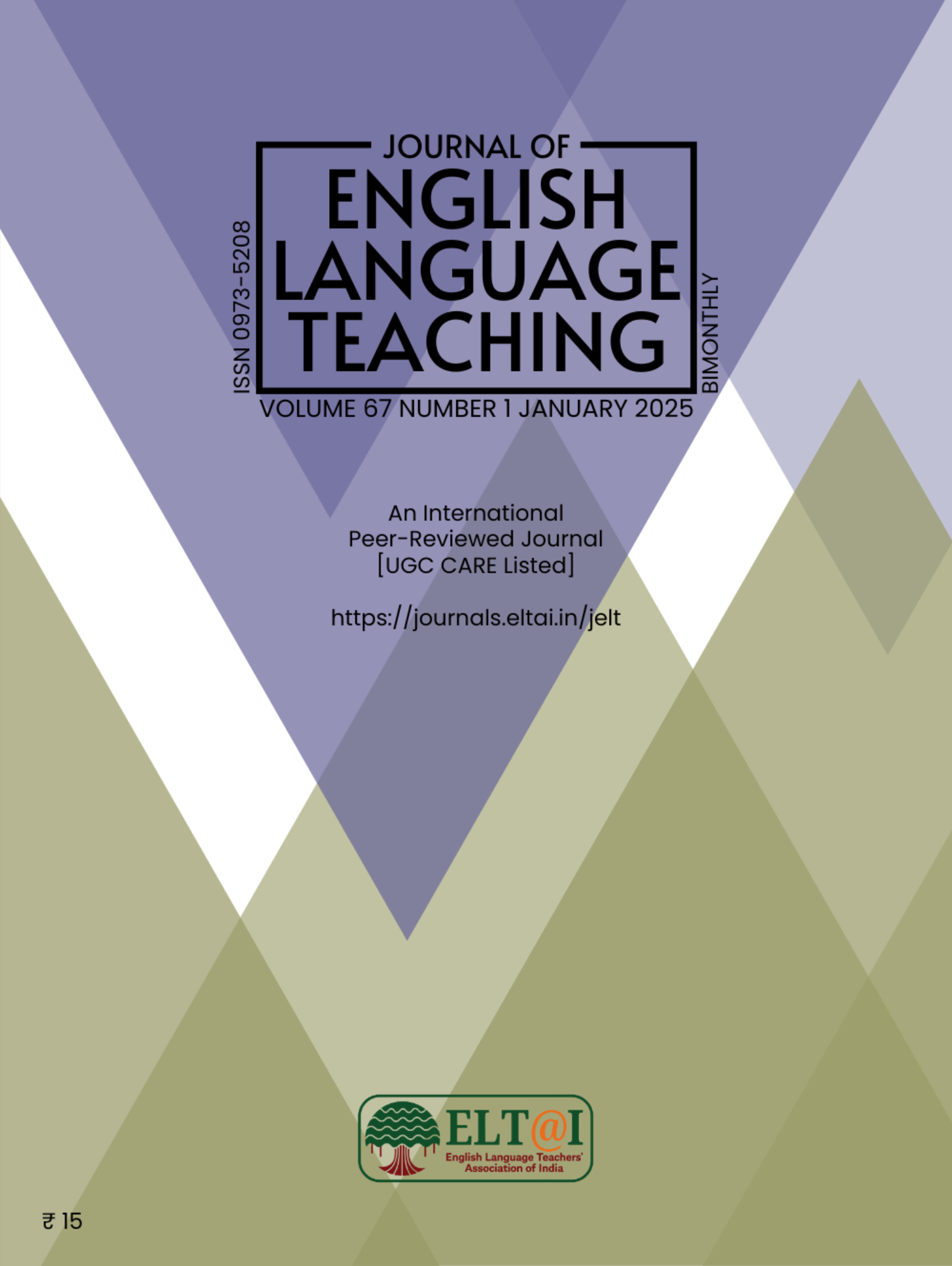Bilateral Peer Immersion Program (BPIP): A CLT Tool in a CLIL Course
Keywords:
Content and Language Integrated Learning (CLIL), English as a medium of instruction (EMI), Bilateral Peer Immersion Program (BPIP), Communicative Language Teaching (CLT)Abstract
Although Content and Language Integrated Learning (CLIL) aims to teach both content and the target language simultaneously, it lacks a communicative and collaborative approach for EFL learners. To address this issue, a Taiwanese private university implemented the Bilateral Peer Immersion Program (BPIP), immersing learners from two different non-native-speaking (NNS) countries in a ‘language bath’ for extended periods to focus on communicative and collaborative learning. BPIP was introduced in a 14-week English as a medium of instruction (EMI) course called Books & Newspaper Discussion, which taught physics research to senior physics students in English. Board games were used as course materials alongside BPIP, significantly enhancing learning effectiveness and students' communicative and collaborative speaking skills improving attendance and contributing to better results compared to a previous group of students who did not have access to these course materials. Over 70% of the learners felt a dramatic improvement in their conversational skills in the target language with BPIP.
References
Cummins, J. (1994). The acquisition of English as a second language. In K. Spangenberg-Urbschat & R. Pritchard (Eds.), Reading instruction for ESL students (pp. 36-62). Delaware: International Reading Association.
Hymes, D.H. (1972). On Communicative Competence. In: J.B. Pride & J. Holmes (Eds.). Sociolinguistics: Selected Readings. Harmondsworth: Penguin.
Krashen, S. (1985). The Input Hypothesis: Issues and Implications. New York: Longman.
Luo, C.-l. (2022). Study of teachers’ concepts of CLIL in Taiwan. International Journal of Social Sciences and Artistic Innovations, 2(1), 25–34. https://doi.org/10.35745/ijssai2022v02.01.0004
Mohan, G., & Rajeshwari, R. (2024). Board games as content and language-integrated teaching and assessment tools for EFL students in Taiwan. Journal of Foreign Language Education and Technology, 9(1). http://jflet.com/jflet/
Swain, M. (1974). French immersion programs across Canada: Research findings. The Ontario Institute for Studies in Education (OISE).
Swain, M. (1995). Three Functions of Output in Second Language Learning In: G. Cook & B. Seidlhofer (Eds.). Principle and Practice in Applied Linguistics: Studies in honour of H.G. Widdowson (125-144). Oxford: Oxford University Press.
Swain, M. (1996). Integrating language and content in immersion classrooms: research perspectives. The Canadian Modern Language Review, 52(4), 529-548.
